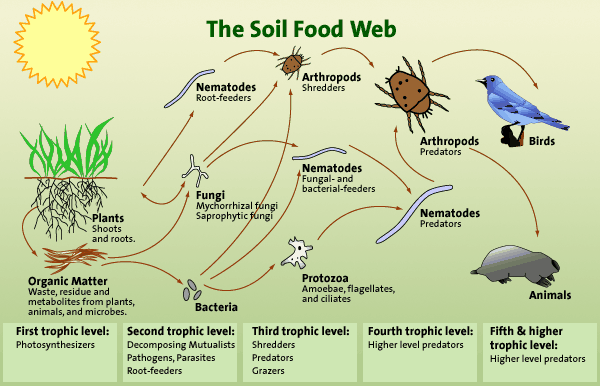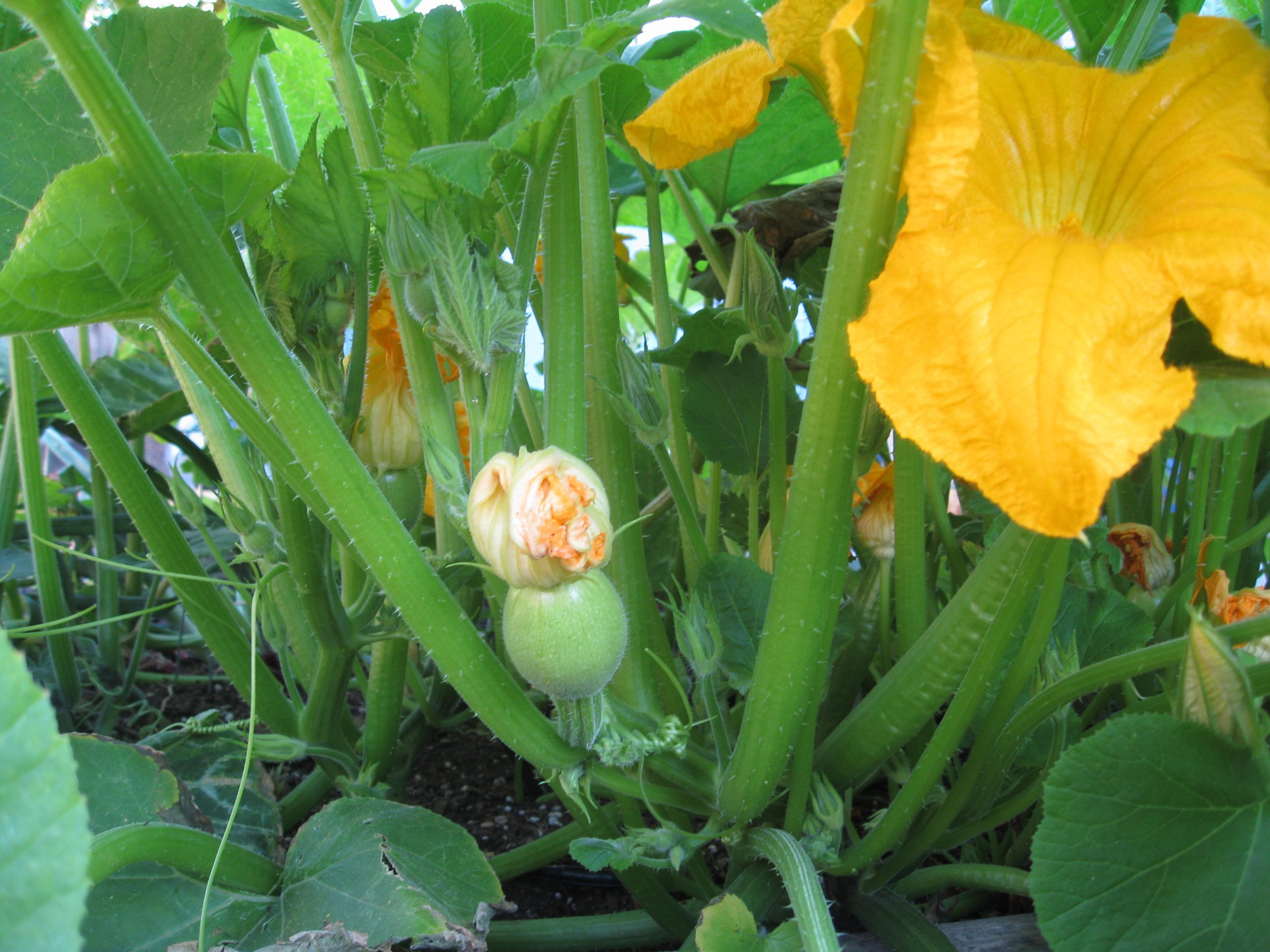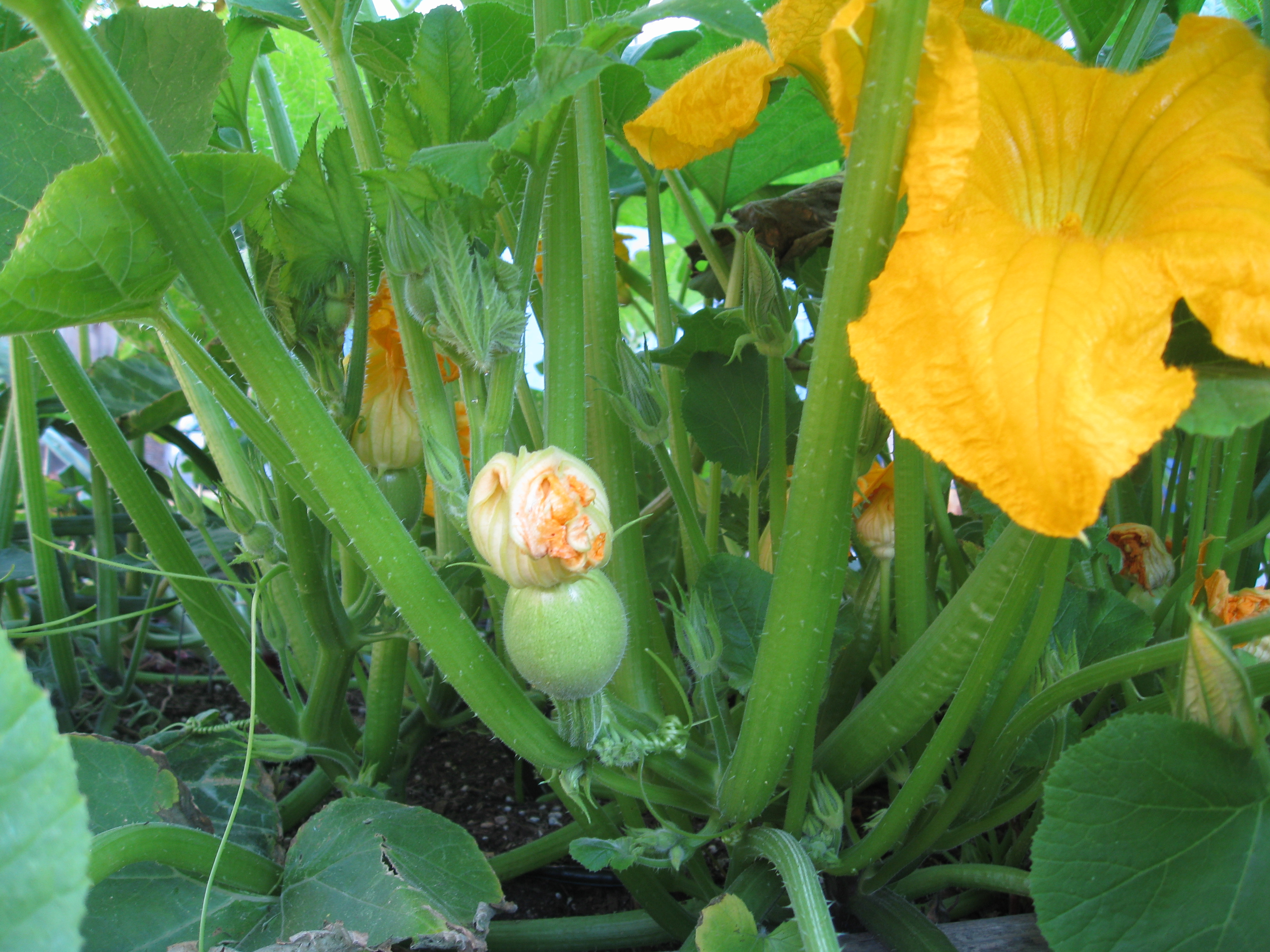A troubling question came into Ask Gardenerd this week from Jennifer: “I’m a new gardener (4 years), and EVERY SINGLE YEAR, vine borers eat my zucchini plants. But I keep planting them because they are my favorite!! None of my friends have this problem. I don’t understand. I’ve moved them in the garden, planted marigolds, used DE, used foil at the bases, done “surgery” on my plants…and nothing works. Every June they all die and I am devastated. What else can I do? Thanks.”
I’m sorry to hear your plants are under attack. You’ve tried a lot of the suggestions but there are still a few options to try. First, let’s look at the life cycle of this beast.
According to University of Minnesota Extension, “Beginning in late June or early July, squash vine borer adults emerge from cocoons in the ground. Squash vine borer adults are good fliers for moths and resemble wasps in flight. These moths are unusual because they fly during the day while nearly all other moths fly at night.
Soon after emerging, squash vine borers lay eggs singly at the base of susceptible plants. Approximately one week after they are laid, the eggs hatch and the resulting larvae bore into stems to feed. The larvae feed through the center of the stems, blocking the flow of water to the rest of the plant. The larvae feed for four to six weeks, then exit the stems and burrow about one to two inches into the soil to pupate. They remain there until the following summer. There is one generation per year.”

Soil Food Web
I highlighted relevant parts of the life cycle in bold to illustrate how there is a built-in vulnerability here. When larvae pupate in the soil they are susceptible to predators in the soil food web. If we can interrupt the life cycle, we can reduce or eliminate the problem before it starts. I recommend you start with this biological solution.
You can do a soil drench and foliar spray with beneficial nematodes that are predators to vine borer larvae and pupae. Steinernema carpocapsae or Steinernema Fatiae and Heterorhabditis bacteriophora have all been used to interrupt the life cycle of vine borers, and are effective in reducing or eliminating the problem.
Crop Rotation
It looks like you are already rotating crops. Since they pupate in the soil, they will emerge where they landed last year. So rotation crops is crucial, especially if you are using floating row cover to prevent adults from landing on your plants this year. If grown in the same place as last year, the adults will emerge from underneath the floating row cover. Not good.
Yellow Traps
Vine borer adults (Melitta curcurbitae) are attracted to yellow, so you can trap adult moths during the day with a yellow-colored bowls or buckets partially filled with soapy water. There are pre-fab lure-and-trap kits, or try sticky traps, which can help you identify the pest when it is present.
Learn to Identify
Prevention starts when plants are young. Learn how to identify the adult moth, the pupae in the soil, the nymphs and worms and you will be able to remove them early on. This article from Michigan State University helps with photos of several stages, and shows signs of early damage so you know what to look for.
Plant New Crops
Another approach is to pull the affected plants (always – you’ll take the borer with it and again, interrupt the life cycle) and plant another crop in July. Most of us a sick of zucchini by late June anyway, but if you want to go for it, start over in July after the damage is done and you’ll most likely be able to enjoy a healthy crop before frost hits. Don’t forget to rotate to a new location.
A combination of these tactics will help you win against squash vine borer. Keep us posted on your endeavors and results. Thanks for writing in.





Have you used the traps successfully or the nematodes? We just moved to a new property. And the bad bugs are insane here! Good news we have lots of bees so I guess it is a win.
I haven’t personally used traps before, but I have applied nematodes for the bugs that cause bacterial wilt (squash vine borer included). That helped a lot. Keep building your beneficial insectary and insect population in both the soil and the air. There will be a balance eventually.